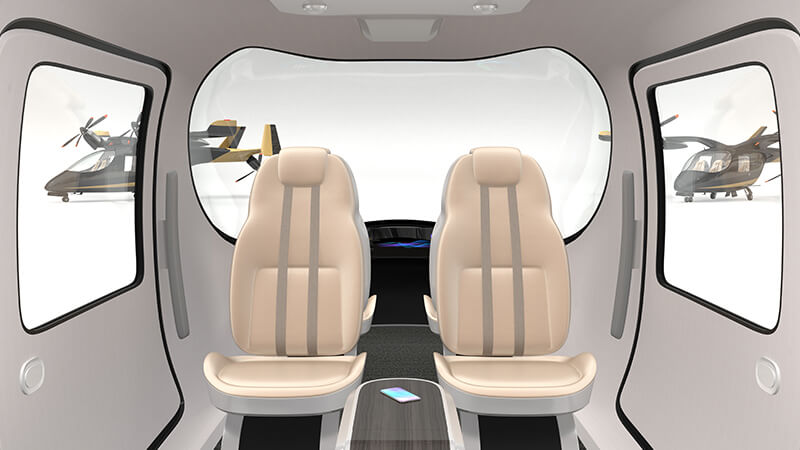

The rise of the eVTOL industry has resulted in several important shifts in the wider aerospace market. Whether it’s the use of electric powertrains or the potential of autonomous flight, eVTOLs are bringing new ideas to the table.
One thing that won’t change, though, is safety. The aviation industry is the safest mode of transport in terms of accidents per usage hour. It’s necessary to maintain these standards for eVTOLs, which presents some unique challenges. But what are these obstacles, and how can manufacturers overcome them?
According to a NASA research paper, the accident rate in the aviation industry varies from 0.16 to 0.42 accidents per 100,000 hours of flight time. As mentioned, this is far safer than the automotive industry. Part of the reason why aviation is so safe is because accidents, while rare, provide vital learning experiences that result in better processes and safer equipment.
Transferring this standard to the eVTOL industry is necessary. The general public has a preconception about aviation safety levels, and it’s important to maintain this for a new form of transport. After all, public opinion will be greatly influenced by perceived safety, and the standards are very high.
There are three main areas of safety in eVTOLs: the powertrain, flight control systems, and weather conditions. Granted, these are very broad categories, but within them are factors such as batteries, autonomous flight systems, and more. The NASA study above similarly quotes these as the main drivers behind accidents in general aviation.
Addressing these factors will require different yet connected approaches. Take weather conditions, for example. Current eVTOL designs are susceptible to changes in temperature (cold makes the batteries less efficient) and high wind speeds. Overcoming this issue in the short term could be as simple as only launching eVTOL networks in “safe” environments.
Then there’s perhaps one of the biggest issues: flying eVTOLs in urban environments. So-called air taxis are one of the main selling points of AAMs, but flying around tall buildings presents unique safety challenges. It won’t be too noticeable while eVTOLs are piloted, but once they become autonomous, it’ll be vital for them to have high-level path mapping and collision avoidance.
Collisions will be a problem for AAMs in both urban and rural environments. Operating at lower altitudes than traditional aircraft means bird impacts are more likely, which could cause devastating damage to an aircraft of this size. Ensuring key components aren’t reachable (such as ducting propellers) would be a small but noticeable step.
But we also can’t overlook a key problem: certification. Regulation moves fairly slowly, much slower than the technology it’s attempting to regulate. The FAA, for example, has begun writing guidelines for the certification of eVTOLs. The most recent update was July 2023, and this didn’t include explicit regulations for AAMs.
Part of the problem is that we still don’t have a clear idea of how they’ll operate in real-world applications, including what this means for urban environments. The FAA has rules about using traditional aircraft in cities, so can these be adapted, or do we need an entirely new rulebook? This is primarily what leads to slow uptake.
Safety must be at the forefront of eVTOL development. It’ll be difficult to get people to adopt them as a new mode of transport if there isn’t clear certification in place demonstrating their safety. Reaching this point, though, isn’t easy. Considering we’re very close to the commercial rollout of several designs, we should soon have actual safety data to work from.